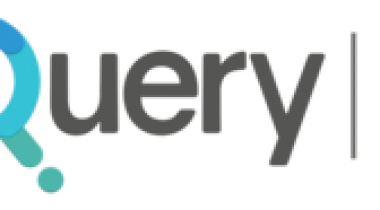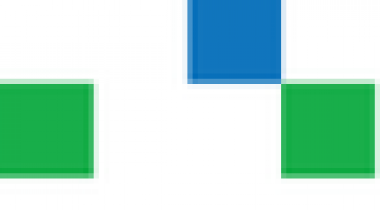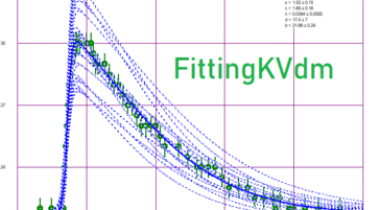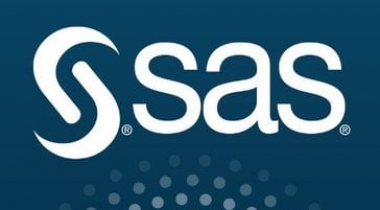ROOT is a modular scientific software framework that provides all the functionalities needed to deal with big data processing, statistical analysis, visualisation and storage, it is mainly written in C++ but integrated with other languages such as Python and R.
ROOT
Customer Reviews
ROOT Reviews
Dmitriy B.
Advanced user of ROOTWhat do you like best?
There are two main points about ROOT - its open source and its a product of generations of scientists. Descending from Paw (still in FORTRAN), ROOT was the C++ version for the comprehensive data analysis first for the high energy physicists and then for the general programming community to use. Most attractive features include cross-platform, ability to call from Python or R, JS-viewer and the GUI libraries that can be easily incorporated into any c++ design (so that program is easily portable from Win to POSIX and back and its the same libraries being called).
What do you dislike?
first its the very steep learning curse. It is hard to say if I would be using it if it were not for being pushed to learn it as a grad student. But after you grasp the internal logic of it, all starts to seem cohesive and allows for a fast prototyping either using Python or from a build-in c++ interpreter.
Recommendations to others considering the product:
Try it first, and best is on Windows - with version 5, not 6 (still very raw). Best if used from python (e.g. import ROOT) as this takes away lots of c++ overhead and helps to start fasted.
Once on linux, always compile from source, NEVER do 'make install' as it scatters the files int he system and will not allow for easy upgrade. 'source thisroot.sh' is there to set all variables needed in the terminal.
read examples, try simple things, then read the manual - its width discourages new users often.
ROOT libraries are fast - when imported from python, they speed up the execution of the task significantly.
What problems are you solving with the product? What benefits have you realized?
Main use is the data analysis. visualization of data, proper fits producing the ch^2/likelihoods and correct uncertainties on fit parameters that are PROPERLY dependent on both y and x error bars (note that a lot of software I saw treats x-bars incorrectly or just ignores them). Different minimization engines allow for flexibility and cross-check in difficult fits that are done in batch mode.
Another feature is the TSpectrum, allows to find peaks in the data, useful in finance and final report analysis. All libraries are fast and are fit for on-the-fly analysis in the world of finance.
Fast and compact storage file format is good for backups. Datafiles can be opened from server via different protocols with no need for a local copy.
Making tools with GUI for clients use is very beneficial as they all have same-looking interface and are portable to windows-linux-macos platforms without changes to code that deals with ROOT. of course there are some differences in general but at least this saves major headache of rewriting GUI for different graphical libraries that typically is the case.













